Yes, snow... in September. Which means it may just be time to pull out your hats, scarves and mittens.
A meteorologist for MétéoMedia, Sophie Colombani, tweeted "Snow this morning on the side of the Réserve faunique des Laurentides" on Saturday, September 19. She also noted that Montreal's temperature dropped to 2 C the previous night.
En attendant l'équinoxe d'automne, des automobilistes ont eu un avant-goût de l'hiver ce matin dans le parc des Laurentides 🙃❄️ #neige #météoqc pic.twitter.com/z8ROKbf5XN
— meteomedia (@meteomedia) September 19, 2020
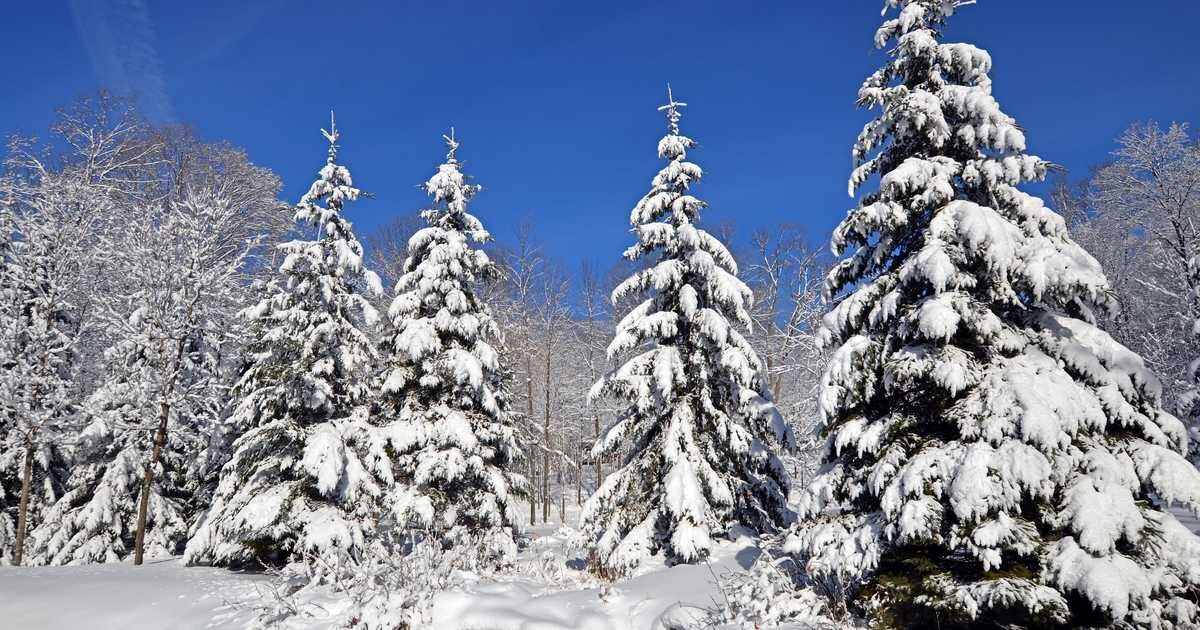
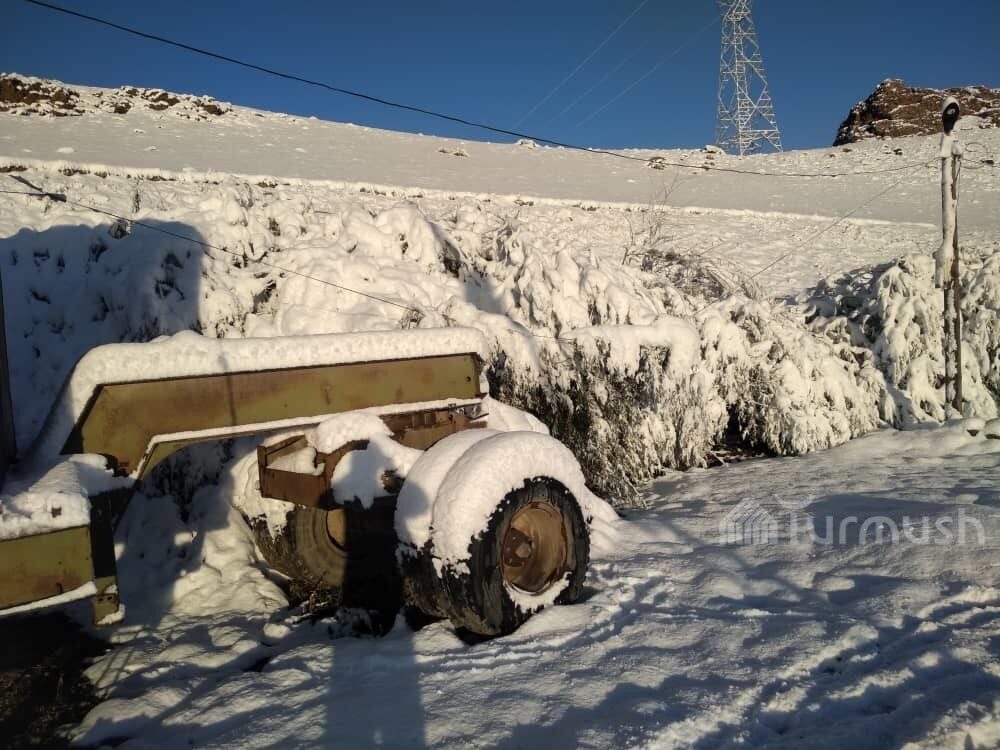
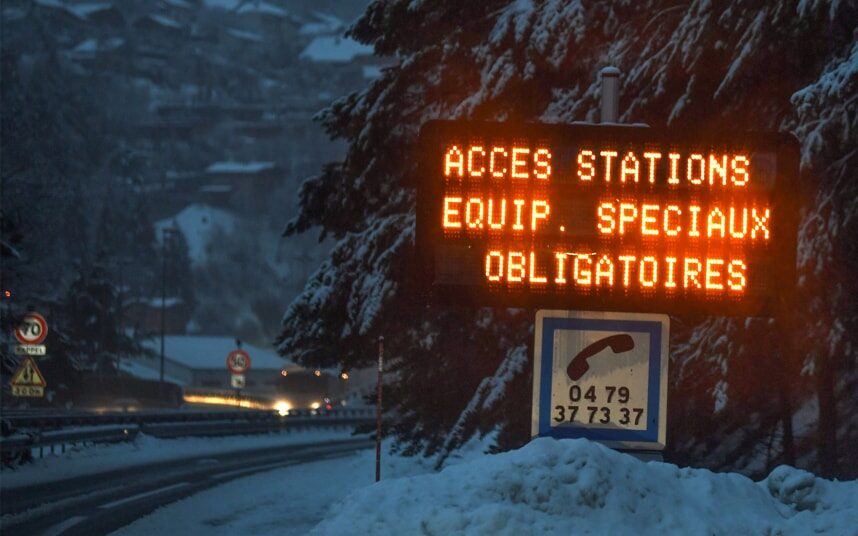
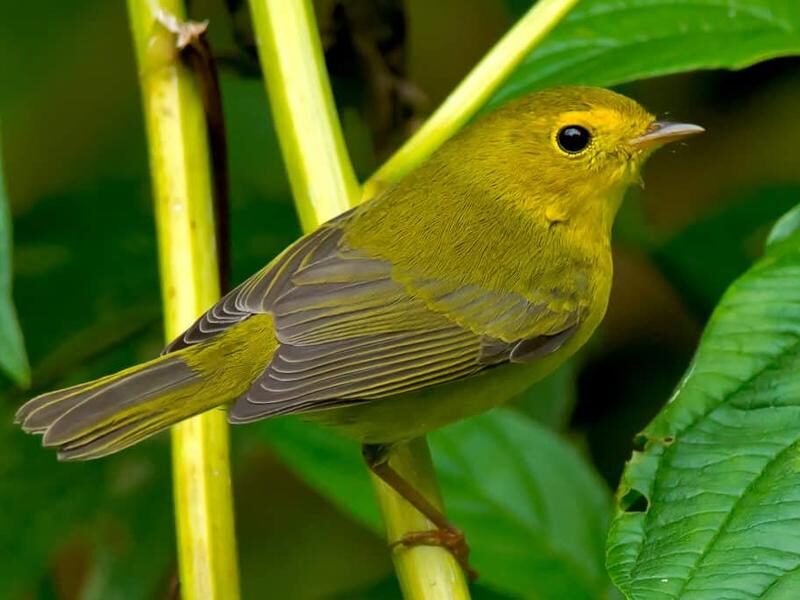
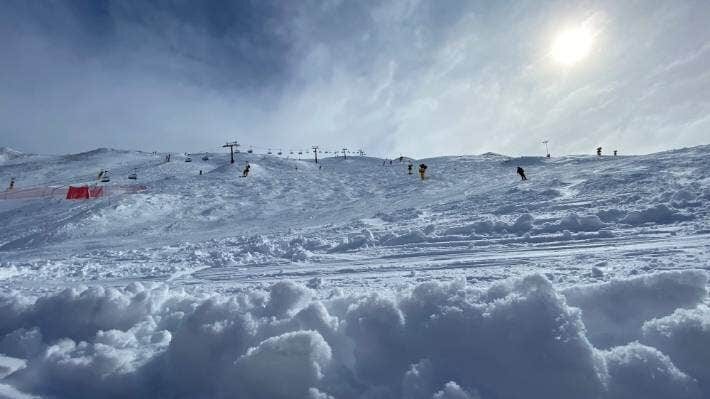
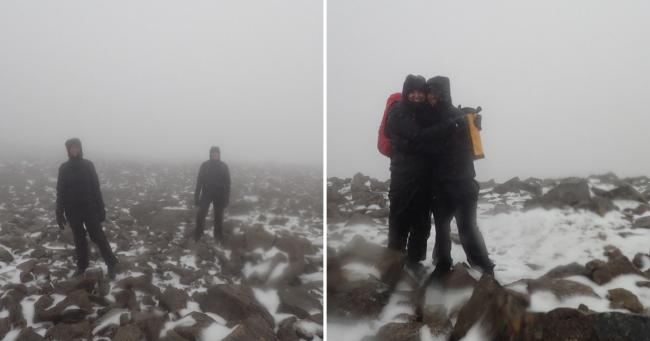

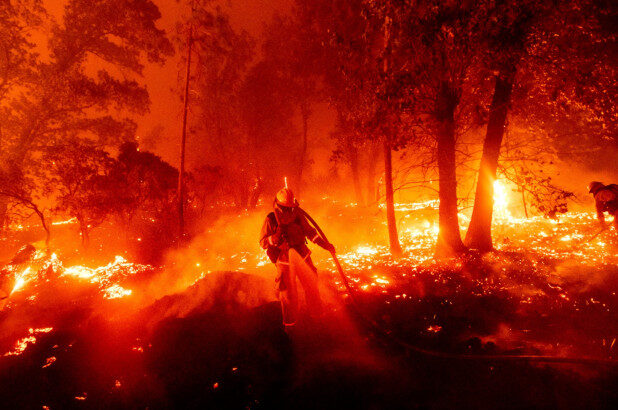
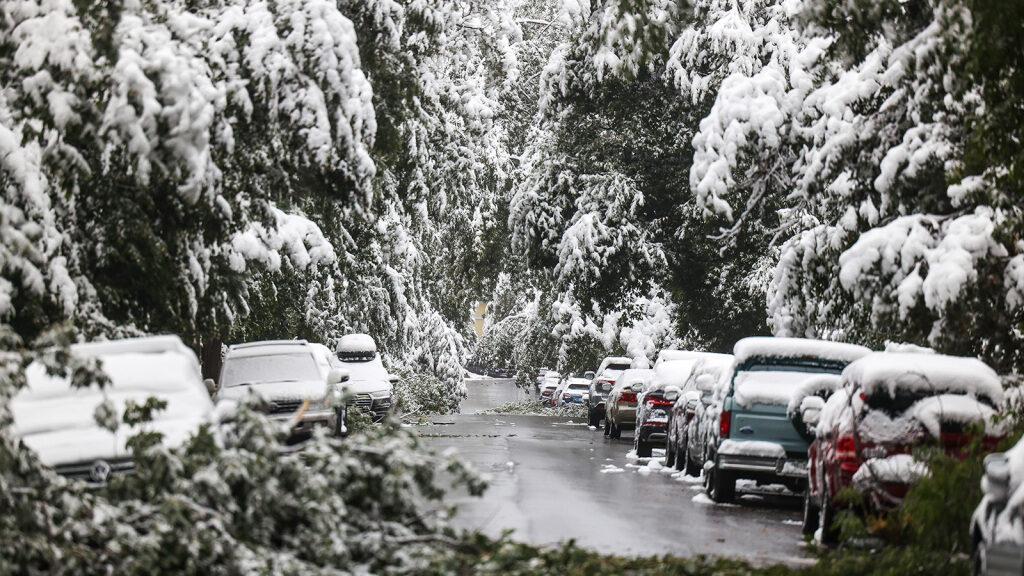
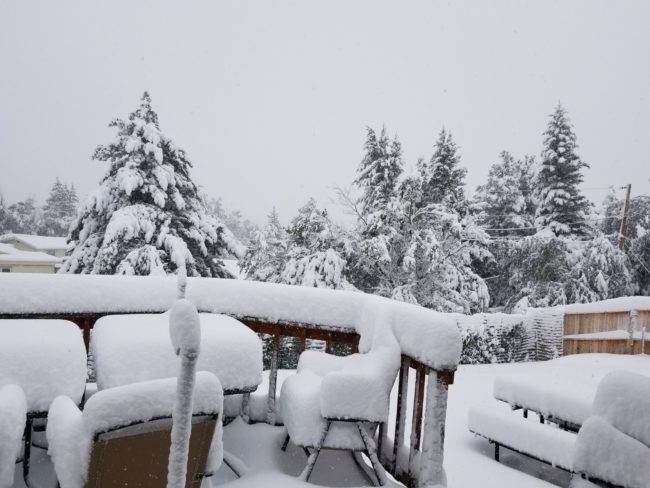



Comment: Additional details from the same source later on in the day: